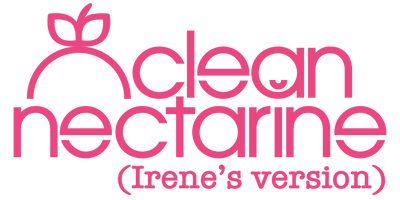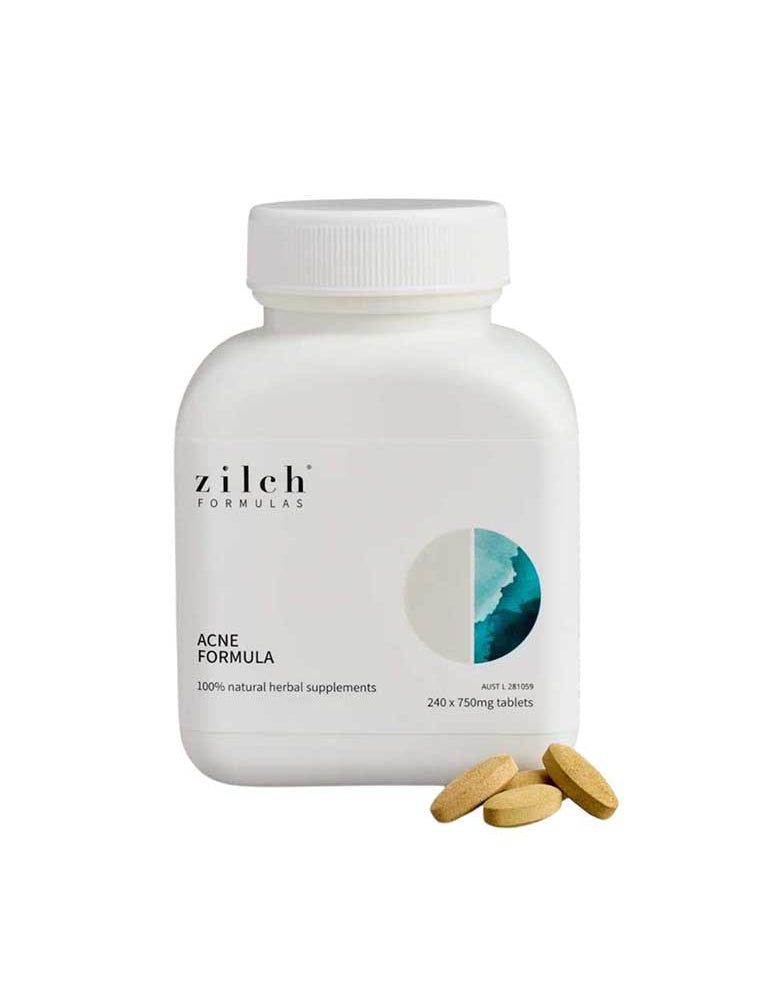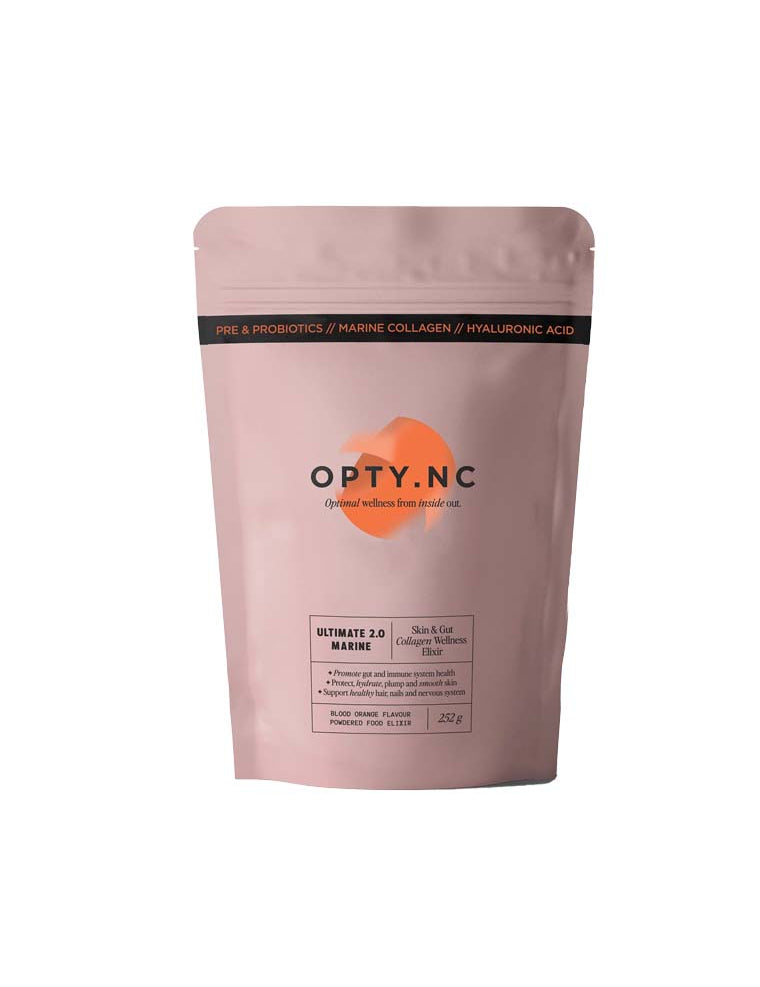
Hormones: Your Questions Answered
Discover information about natural ingredients traditionally associated with hormonal processes and common concerns.
Popular Q&As for Hormones
1. What experiences are commonly associated with hormonal fluctuations in women?
Various experiences can coincide with hormonal fluctuations, including changes in menstrual patterns, premenstrual experiences, mood variations, energy levels, sleep patterns, and skin conditions (like acne). These experiences often occur because hormones function in a complex, interconnected system, with natural fluctuations throughout the body. Many women notice these changes during natural transition periods like puberty, before menstruation, after pregnancy, and during perimenopause. Various natural supplements are available for women going through these natural life transitions.
2. What is Vitex (Chasteberry) and how is it traditionally used?
Vitex Agnus-Castus (Chasteberry) is an herb with a long history of traditional use related to female reproductive health. It has historical connections to hormones involved in the menstrual cycle, and has been studied in relation to premenstrual experiences and cycle regularity. This traditional herb has been studied for its interactions with the pituitary gland, which is associated with progesterone and prolactin levels that play roles in cycle regularity and premenstrual experiences. Many women incorporate Vitex into their wellness routines and observe changes in mood, breast comfort, and fluid retention when taking it consistently over several months. Vitex is typically used consistently over time rather than only during specific times of the month.
3. How is Ashwagandha related to stress response and hormonal processes?
Ashwagandha is a traditional herb known for its historical use in stress response. Since stress has connections to hormonal systems, Ashwagandha has been studied for its potential relationship to hormonal processes through its effects on stress biochemistry, particularly cortisol levels. Research has shown relationships between stress hormones like cortisol and reproductive hormone production, with potential connections to premenstrual experiences, menstrual cycle variations, fertility, and menopausal transitions. Ashwagandha has been studied for its interactions with the body's stress response system, with research examining its potential effects on the relationship between stress and other hormonal systems. Studies continue to explore how modulating the stress response might influence various aspects of hormonal function.
4. What is Wild Yam Cream?
Wild Yam Cream contains diosgenin, a plant compound that has been traditionally used in relation to female hormonal processes, particularly during perimenopause and menopause. It's applied topically to areas of thin skin like the inner wrists, inner arms, neck, chest, or inner thighs where absorption occurs. Many women incorporate it into their daily self-care routine during hormonal transitions. The cream is used by women interested in natural approaches during perimenopause and menopause. Traditional practices suggest potential associations with common experiences during hormonal fluctuations. Wild Yam Cream represents a topical option that some women use alongside dietary supplements during hormonal transitions.
5. What ingredients are often found in supplements related to hormonal skin?
Hormonal fluctuations often coincide with skin changes, particularly in the jawline and chin area. While general hormone-related supplements exist, some formulations like the Zilch Acne Formula contain ingredients traditionally associated with hormonal aspects of skin appearance. These formulas often contain ingredients related to liver metabolism of hormones, inflammatory processes, sebum production, and stress response - all factors studied in connection with hormone-related skin appearance. Common ingredients include zinc, which is involved in skin processes and oil regulation, specific herbs studied in relation to androgen hormones, compounds associated with liver function, and nutrients with anti-inflammatory properties. For those experiencing cyclical skin changes, approaches that consider hormonal factors may complement topical treatments.
When considering any new diet, vitamins or supplements it is important to seek advice from your healthcare professional. ALWAYS READ THE LABEL AND FOLLOW THE DIRECTIONS FOR USE.

Earn Juicy Rewards
Login to earn Juicy Rewards on every order.
























